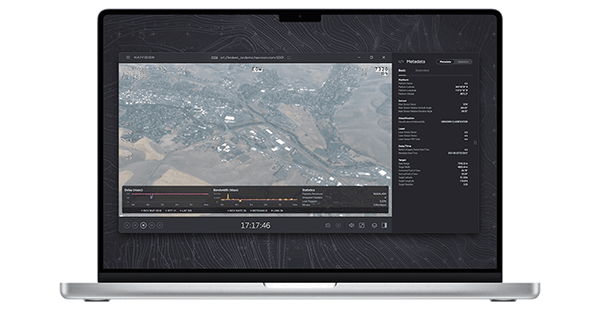Bandwidth

When used in the context of video streaming, bandwidth defines the volume of information per unit of time that any transmission medium, like an Internet connection, can handle.
For example, a connection with a larger bandwidth is capable of moving a specific amount of data, such as a video or audio file, much faster than a connection with a lower bandwidth. In other words, as bandwidth increases so does the amount of data that can flow through in a given amount of time. For real-time video applications, the more bandwidth that is available the better — higher quality video can be transported, either with respect to the video bitrate, the resolution, the frame rate, or the quality of compression.
Bandwidth is usually measured in bits per second, or bps. 80 Mbps or Mb/s, for example, describes a data transfer rate of 80 million bits, or ‘megabits’, every second. In general, the amount of bandwidth that you’ll need is an aggregate of your video bitrate, audio bitrate, metadata, IP overhead, and any provision for either bandwidth or stream volatility.
Latest Blog Articles




























